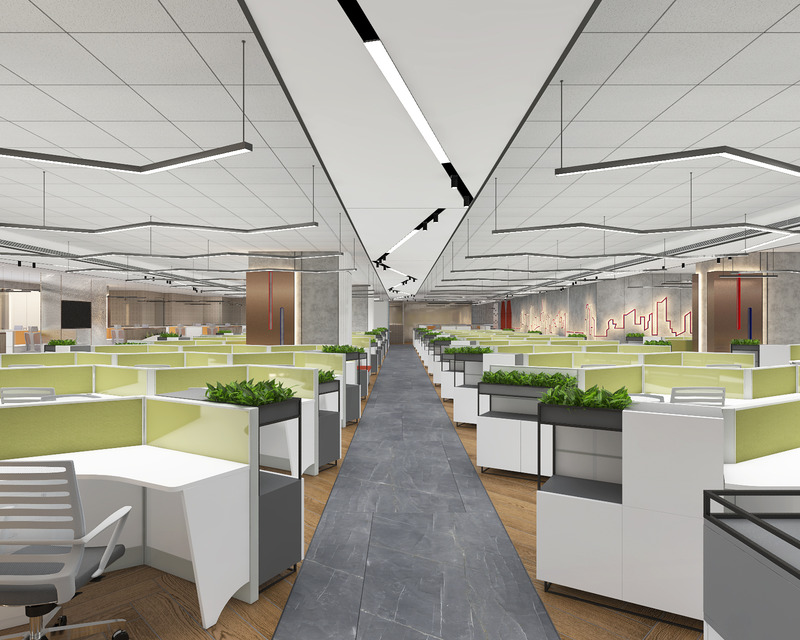In the modern corporate world, workspace design has evolved far beyond simple cubicles and plain desks. Today’s offices are a blend of aesthetic office interiors and functional spaces, creating environments that not only inspire creativity but also enhance efficiency, employee well-being, and overall workplace productivity. As businesses strive to attract top talent and foster an innovative culture, the future of workspace design is centered around creating visually appealing and highly functional office spaces that promote collaboration and individual focus.
The Evolution of Workspace Design
Traditional office layouts prioritized workplace efficiency over aesthetics. Rows of desks, neutral color palettes, and rigid structures dominated the environment. However, with changing work cultures and an increased focus on employee wellness, modern offices are embracing more dynamic office designs. Open office layouts, collaborative workspaces, ergonomic furniture, and biophilic design elements are becoming integral parts of modern workplace architecture.

Key Trends in Modern Workspace Design
1. Flexible and Adaptive Spaces
The modern office is no longer a static environment. With hybrid work models gaining popularity, flexible office layouts and adaptive spaces that can cater to different work styles are essential. Hot-desking, movable partitions, and multipurpose meeting rooms allow for a more agile workspace that can accommodate both collaborative and individual work, fostering a dynamic office culture.
2. Ergonomics and Employee Well-being
Ergonomic office furniture and a focus on employee health have become top priorities in office design. Standing desks, ergonomic chairs, and posture-friendly setups help employees maintain productivity without compromising their health. Additionally, wellness rooms, meditation spaces, and nap pods are becoming key features to promote mental well-being in the office.
3. Biophilic Design and Natural Elements
Incorporating nature into workspaces through biophilic design has been shown to reduce stress and improve employee satisfaction. Green walls, indoor plants, and ample natural lighting create a refreshing environment that fosters creativity, focus, and a deeper connection to nature. Offices are increasingly adopting sustainable materials and energy-efficient office designs to align with eco-friendly practices.
4. Technology-Integrated Workspaces
Smart offices leverage technology to enhance functionality. From IoT-enabled lighting, climate control systems, and AI-driven workspace analytics to wireless charging stations and automated desks, technology is transforming how employees interact with their environment. Virtual collaboration tools and smart office systems streamline work processes, improving both office efficiency and employee satisfaction.
5. Aesthetic Appeal and Brand Identity
A well-designed office space is a direct reflection of a company’s brand identity. Custom office decor, themed wall art, and visually striking office elements create an inspiring atmosphere that enhances corporate culture. Thoughtful color schemes, textures, and office design aesthetics contribute to a vibrant yet professional setting, reinforcing company values and creativity in the workplace.
The Impact on Productivity and Well-being
A well-balanced workspace can significantly enhance employee engagement and productivity. Studies indicate that well-designed workspaces can increase efficiency by up to 20%, reduce stress levels, and foster a sense of belonging. By integrating aesthetic design with functional workspaces, companies can create environments that motivate employees, encourage collaboration, and support overall well-being in the office.

Conclusion
The future of workspace design is all about finding the perfect synergy between aesthetic design and functional office spaces. As businesses continue to innovate and prioritize employee experience, the modern office will evolve into a flexible, wellness-focused, tech-driven environment. Investing in thoughtful office design not only enhances productivity but also fosters a positive work culture. The key to success lies in designing spaces that inspire, engage, and empower the workforce of tomorrow.

